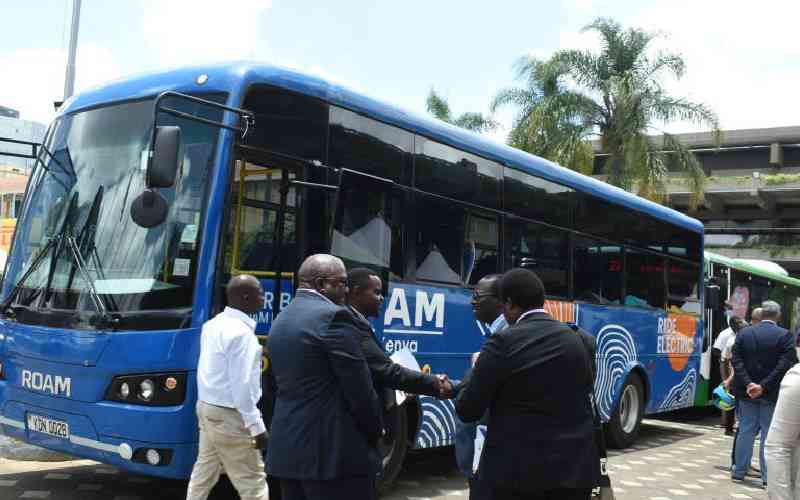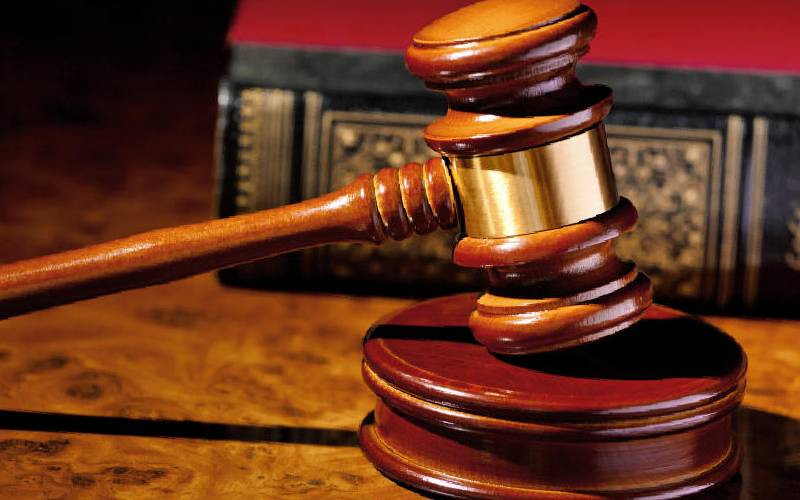By Macharia Kamau
Subsidies on kerosene, illegal refilling of gas cylinders and inadequate infrastructure have held back the uptake of liquefied petroleum gas (LPG) as a primary mode of cooking and lighting in Africa.
Players across the region say governments in Sub Saharan Africa had ignored promotion of use of LPG, which they termed as cleaner and cheaper over the long term, by subsidising kerosene that is said to have a toll on the users’ health, and contributes to environmental degradation.
Currently, the per capita consumption of LPG in the region stands at 1.9 kilogramme compared to over 5 kilogrammes in North Africa. According to Chris Holmes of Purvin & Gerts, an American headquartered energy consulting firm, modest increases in usage of LPG could save millions of trees, which are cut down for firewood, as well as significantly reduce kerosene usage.
"If per capita consumption went up to 5.5kg, it could mean the elimination of up to five million tonnes of kerosene and over 16 million tonnes of firewood," said Holmes at the World LPG Association East African Summit held in Nairobi late last week.
He pointed out that regional governments should ensure there is an even playing field between the gas and other competing fuels if they want to grow LPG consumption.
COMPETING FUELS
"One of the key challenges in the uptake of LPG has been the subsidising of competing fuels, which makes it difficult for LPG to compete on a fair and equitable basis," he said.
Demand in Africa is concentrated in North Africa, with Sub Saharan Africa accounting for just 14 per cent of the consumption, which illustrates that there is high potential in the region. Demand has been projected to grow by 3.2 per cent per annum over the next two to three years.
Kenya is more ambitious than its neighbours in the region and expected consumption of the LPG to grow by more than threefold over the next year, from the current levels of 100,000 tonnes per year to 300,000 tonnes per year by 2013.
Kenyan participants at the forum, mostly oil marketing companies that have LPG business, however cited subsidies on kerosene and illegal refilling of LPG — which is said to be rampant — as the key hindrances to the growth of LPG business.
Kenya recently adopted a unified gauge on gas cylinders to increase access to LPG. There are also plans by a private investor to set up an LPG storage facility in Mombasa, also expected to play part in boosting consumption.
Other challenges that face uptake of LPG in the region include perception that gas is a dangerous fuel at the household level, as well as inadequate infrastructure.
ONE PER CENT
"In Uganda, biomass accounts for 90 per cent of fuel consumption while LPG accounts for less than one per cent. Among the challenges that we face is that LPG is treated as a peripheral product unlike other products," said Irene Muloni, Uganda’s minister for energy and water.
Stay informed. Subscribe to our newsletter
"We also lack LPG infrastructure and consumers perceive it as a dangerous source of energy."
In Tanzania, annual consumption stands at 18,000 tonnes — also accounting for under one per cent of the energy usage — a fact that the country’s ministry of energy says has seen more and more people turn on forests to harvest firewood as demand for energy grows with population and economy grow.
A Tanzanian Energy Ministry official at the World LPG summit termed the scenario in the country as a time bomb.
 The Standard Group Plc is a
multi-media organization with investments in media platforms spanning newspaper
print operations, television, radio broadcasting, digital and online services. The
Standard Group is recognized as a leading multi-media house in Kenya with a key
influence in matters of national and international interest.
The Standard Group Plc is a
multi-media organization with investments in media platforms spanning newspaper
print operations, television, radio broadcasting, digital and online services. The
Standard Group is recognized as a leading multi-media house in Kenya with a key
influence in matters of national and international interest.
 The Standard Group Plc is a
multi-media organization with investments in media platforms spanning newspaper
print operations, television, radio broadcasting, digital and online services. The
Standard Group is recognized as a leading multi-media house in Kenya with a key
influence in matters of national and international interest.
The Standard Group Plc is a
multi-media organization with investments in media platforms spanning newspaper
print operations, television, radio broadcasting, digital and online services. The
Standard Group is recognized as a leading multi-media house in Kenya with a key
influence in matters of national and international interest.







